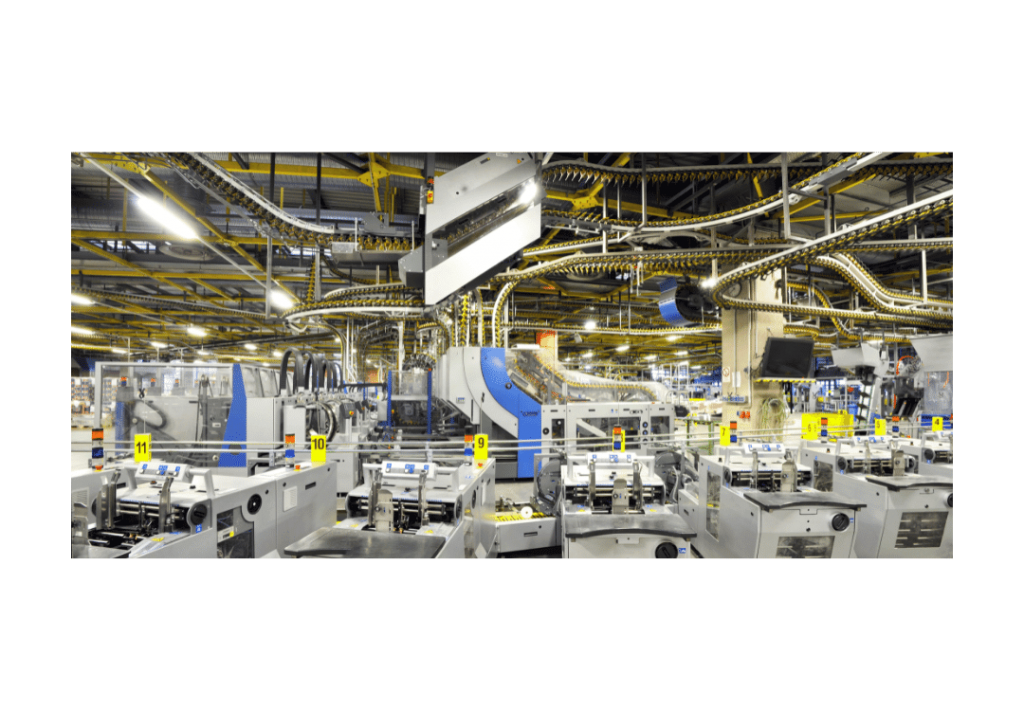The fourth industrial revolution has transformed and brought more trends in the manufacturing industry using advanced technology and tools. It also allowed manufacturers to reduce costs, increase operational visibility, accelerate production times, and bring excellent customer support.
Industry 4.0 uses the technology to optimize the production processes. It’s time to turn your head towards the fifth industrial revolution. The industry 5.0 will bring a drastic change in the manufacturing industry as it connects the human and machine. But the smart technology adoption has worsened due to the covid-19 pandemic.
Four trends that will dominate manufacturing industries are
Employees safety will be mandatory
2020 took millions of lives due to COVID 19. The whole planet got affected by the coronavirus. The business landscape has transformed as well. Now the main focus of the manufacturing and supply chain industry is employee safety. Because It is the place where people work closer.
The manufacturing industry has to make healthcare plans, policies, medical assistance to the employees working for the day and night. Also, the industry has to track the person who comes in and leaves out. Social distancing measures need to be imposed to reduce the spread of the virus.
3D printing:
It’s going to be one more trend that increases the production speed and turns out to be cost-effective. The 3D printing fast prototyping feature helps manufacturers to test the primary product prototypes. There is no need for mass production of items and warehouse them; instead, the manufacturer can produce the items on demand. This feature consumes less time and saves cost.
One more benefit of 3D printing is that it reduces the processing time of tooling sets such as Molds, jugs, and fixtures needed for heavy equipment manufacturers.
VR and AR service model
The field service arms of manufacturing companies faced many difficulties due to pandemics, avoiding technicians from installing equipment.
Technology like AR and VR is helpful for the technicians as it gives remote assistance to the customers via repairs/troubleshooting.
It is a great opportunity for manufacturers. Previously, most customers were not willing to discover the touchless service options. They only wish to have a technician on the site. Due to COVID 19, customers had to change their mindset, allowing manufacturers to measure the new procedures with the long-term goal of making them a permanent fixture. In the end, the manufacturer got a chance to explore the new business, whereas field service technicians and customers reduce the risk of exposure.
Convert from B2B to B2C
B2C models offer exciting benefits rather than B2B. So many manufacturers have chosen the B2C model.
Augmented Profit: Companies gets MSRP, not a wholesale price
Brand control: manufacturers brand stands in the market with this effective B2C model
Price control: Manufacturer can reinforce their MSRP
consumer data: sell the products directly to the customers allows the manufacturer to gather data that result in increased sales, better relationships.
The aforementioned can bring significant change in the manufacturing industry if implemented the right way.

